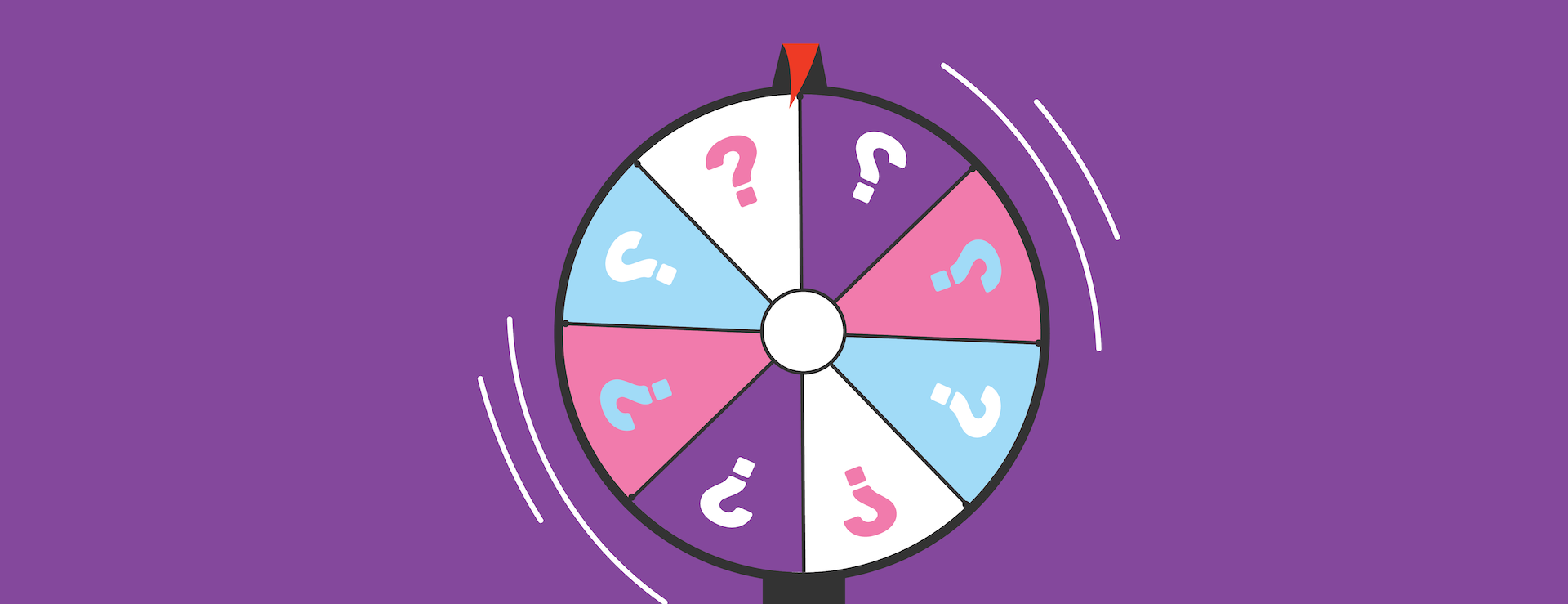Once you’ve decided your child is ready to move into a booster seat, you may next be wondering which type to use. Like all car seat types, there are many different booster seats on the market. The three main types include high back booster seats, combination harness-to-booster seats and backless boosters.
As with any type of car seat, the best type of booster seat is one that provides the best fit for your child, keeps them properly restrained and can be used correctly in your car. Here’s a look at the different types of booster seats so you can decide which type is right for your child.
Backless Booster Seats
This is the “traditional” type of booster seat, which is a kind of cushion that raises your child off the vehicle’s seat to provide a better seat belt position. Some backless boosters can be secured to the vehicle’s seat with the LATCH system, and some simply sit on the vehicle’s seat.
If you plan to use a backless booster seat, your child’s ears should be in line with the top of the vehicle’s seat back to protect their head and neck from injury. A backless booster should only be used in a car with headrests.
There are a few advantages to backless booster seats. Backless booster seats are often preferred by older children, since high back boosters and car seats with harnesses may seem “babyish.” They’re also lightweight, compact and inexpensive, making them a good choice for families with smaller vehicles, multiple children in car seats, or that need to move car seats between vehicles often.
High Back Booster Seats
High back booster seats provide an extra level protection due to the shock-absorbing side bolsters or “wings” around the head, neck and, in some models, sides. These boosters usually have seat belt guides that correctly position the vehicle’s seat belt across the chest, shoulder and hips. And in many cases, high back boosters can be secured to the vehicle’s seat with LATCH
Crash test studies have shown that the side-impact protection of a high back booster seat significantly reduces the risk of whiplash and other injuries when used properly. This makes a high back booster a better choice for younger or smaller children who still require a belt-positioning booster seat but need the added head support. Some models even allow for removal of the back, turning the seat into a backless booster perfect for travel, storage and older children who no longer need the added head protection.
Combination Booster Seats
This type of seat is essentially a high back booster with the added protection of a removable five-point harness. The longer your child remains in a five-point harness, the safer he or she will be in the event of a crash. But when your child has exceeded the weight and height limitations of a five-point harness, combination booster seats allow you to easily remove the harness system, turning the seat into a high back belt-positioning booster.
A combination booster may be a good choice for those seeking to get the best “bang for their buck” when it comes to buying car seats. Like convertible car seats, many combination booster seats can accommodate smaller children who’ve outgrown their convertible seat but still require the safety and protection of a five-point harness.
No car seat type or brand is “best” or “right.” As always, the safest car seat or booster seat is one that properly restrains your child when it counts. Still on the fence about whether or not your child is ready for a booster seat? Learn more about when to switch to a booster seat.




